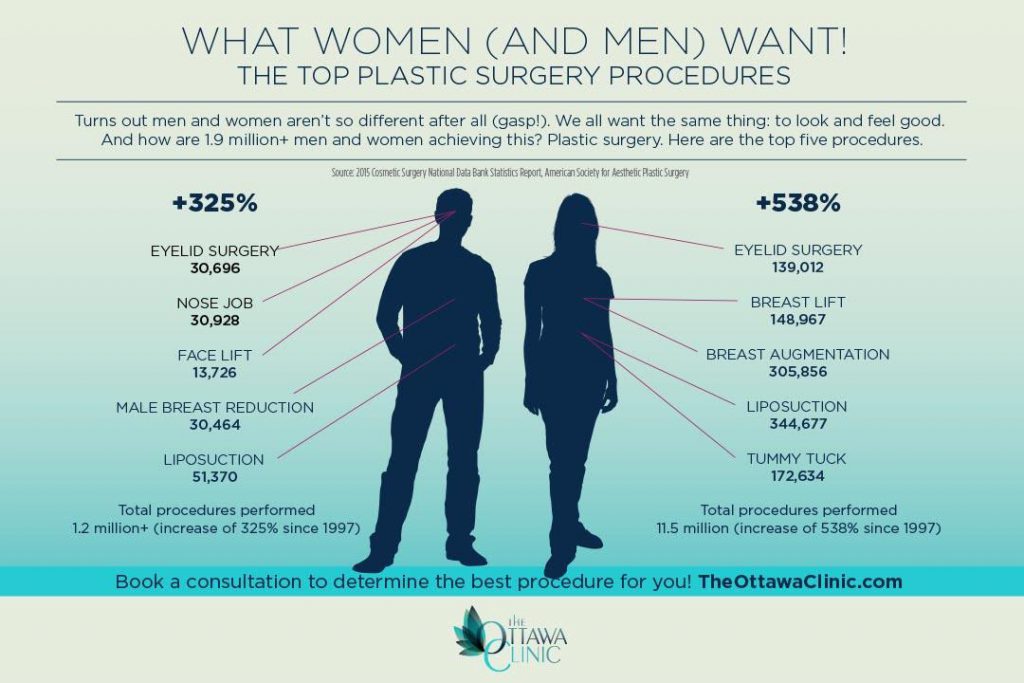Root causes of Acne on Cheeks
Acne breakouts in the cheek location are activated by several things, from touching your face frequently to not transforming your pillowcase frequently enough. Picking at imperfections increases your danger of infection and scarring, and particular medicines can intensify dark spots (postinflammatory hyperpigmentation).
Luckily, there are several ways to avoid and deal with cheek acne. These consist of:
1. Hormone Changes
Acne is greatly triggered by hormonal agents, particularly those generated during puberty and pregnancy. For some, a family history of acne might additionally contribute to their condition. Anything that obstructs pores, such as oil-based skin treatment items or ceraceous hair products, can activate acne. Various topical treatments, like benzoyl peroxide and salicylic acid, can deal with bacteria and unclog pores. Those with extreme or chronic acne ought to look for therapy from their doctor.
Prevent touching or pressing your acne, as this can push some of the microorganisms deeper into the skin, resulting in an extra extreme breakout. It is additionally essential to transform pillow cases frequently and make use of clean make-up brushes. You must likewise attempt to avoid irritants such as friction from wearing a safety helmet or limited collar.
2. Diet plan
The greasy, sugary foods that many individuals think trigger acne may really refrain so. In fact, researches have revealed that consuming a diet rich in whole, nutrient-dense foods aids to avoid breakouts.
Foods high in the glycemic index (such as white bread, corn flakes, blew rice and potatoes, doughnuts and other pastries) raise blood glucose levels rapidly, and this can enhance hormonal agents that enhance oil manufacturing and cause acne.
Consuming cow's milk has also been linked to boosted acne outbreaks. If you are a regular cow's milk drinker, you could wish to attempt changing to low-fat or nondairy alternatives that are strengthened with calcium. Furthermore, drinking more water can assist to minimize acne because it aids to maintain the skin hydrated.
3. Excess Oil
While oil is necessary for healthy and balanced skin, it can end up being an issue when excessive sebum blends with dead skin cells and obstructs pores. This combination can create blackheads, whiteheads and pimples. The obstructed pore wall surface can break down and spill bacteria, dead skin cells and sebum into bordering skin. This results in a red bump referred to as an acne. Often these red bumps have pus in the center from a microbial infection. Bigger infected bumps that resemble acne are called cysts.
There are several points that can cause excess sebum and clogged up pores, consisting of hormone changes, diet regimen and everyday habits. Some instances consist of touching the face frequently, relaxing your hand on your cheek, making use of dirty makeup brushes and not transforming pillowcases on a regular basis.
4. Anxiety
If you're dealing medical spa with throbbing acnes or a multitude of blackheads and whiteheads, it might be time to speak with a dermatologist. They can recommend an effective treatment that suits your skin kind. Exercising relaxation and stress-reduction strategies additionally assists.
Acne can happen in the cheeks because of friction and stress, such as when a person touches their face regularly or puts on a hat or sports helmet that massages against the skin. It can also show up where greasy cosmetics and creams massage versus the skin.
Stay clear of pressing acne, as this can press contaminated product deeper into the skin and cause scarring. Rather, see a physician to find out about preventative therapies like drug, skin care products and way of life modifications. Eating a healthy diet plan of whole foods, getting seven to 9 hours of rest and making use of noncomedogenic make-up and skincare products can all help in reducing acne breakouts.
5. Hair Products
Hair items are not typically thought of as a root cause of outbreaks, however they can contribute to acne on the cheeks in some people. Pomade acne, which is defined by tiny closed comedones and papulopustules, is typically triggered by using oily hair items that contain comedogenic ingredients such as certain oils and acetylated lanolin.
Choosing hair products that don't contain these possibly comedogenic ingredients is a crucial step towards decreasing outbreaks. Additionally, guaranteeing that hair items aren't coming in contact with the skin can assist stop breakouts. For instance, wearing a scarf or bonnet in the evening can restrict hair-to-face contact and minimize the possibility that leave-in hair items will rub off onto the face.
In addition to using a non-comedogenic moisturizer and washing with an acne face wash, various other useful techniques include:

Comments on “How Long Do Professional Treatments Last”